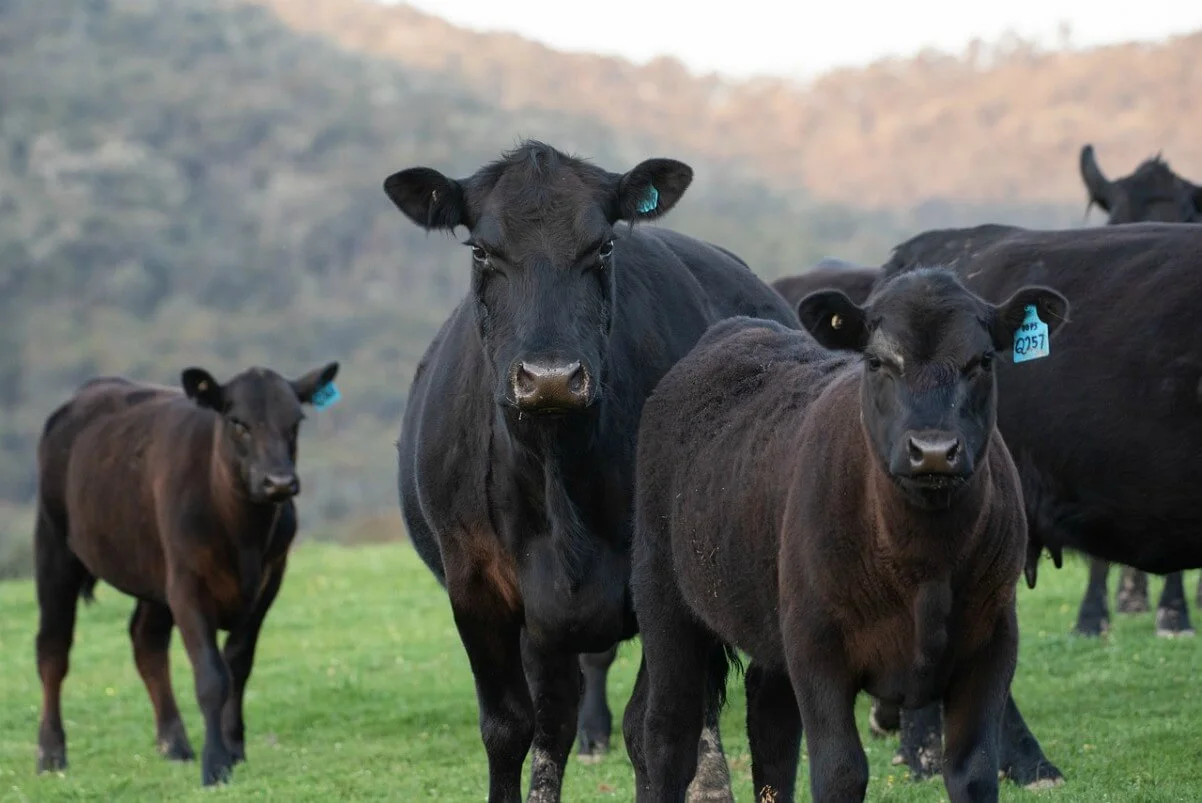USDA Meat Grades Explained! - Guide For Quality Meats
Discover > Texas Home Cooking > USDA Meat Grades Explained! - Guide For Quality Meats
We’ve all heard of meat grading. And we all love to get our hands on the best grade of beef (What wine goes well with beef?) available for that perfect balance of melted fat to lean meat, giving it that sweet tenderness and smooth flavor. But how exactly does the USDA grade beef?
How Exactly Does the USDA Grade Beef?
The USDA or United States Department of Agriculture has been grading beef since the 1920’s, 1927 to be specific. It came about during an agricultural depression as a marketing tool; when industrial farmers wanted to increase the demand for fattier meat from corn fed cattle. It is a voluntary, subjective process where meat packagers pay to have their meat graded.
The way they grade this beef depends on two important factors:
Age of the cattle at slaughter, determined by the vertebrae.
The amount of fat marbling the cut bares usually determined by the ribeye cut.
Other factors that contribute to the overall grade of beef are diet and exercise of the cattle, age, as well as other lifestyle conditions, the aging of the beef and storage.
Most of know about fat marbling and how it contributes to the overall taste and texture of a cut of meat. Fat marbling, or intramuscular fat, are the white lines and grooves within the lean sections of meat. Since this fat melts when heated it makes the cut nice and tender. But remember: good marbling doesn’t always account for great tasting beef.
Since 1927, for 30 years the USDA grading system was based on two different cattle breeds. Angus, which to this day, is the most popular beef in the US, and Hereford which follows at a close 3rd. Both English breeds high in fat. However in the 60’s and 70’s Americans started to prefer leaner beef, so in 1965 and 1975 the USDA changed reduced its marbling requirements for its highest grade.
Most beef in the US comes from 15-24 month old cattle that is grain finished. Grain finished means that in the last 4-8 months before slaughter, the cow was fed nothing but grain such as barley (how long does barley last?). Barley is preferred to other grains because of its favorable nutritional content. Such as higher protein levels.
The USDA ranks its highest beef and “prime” which comes from cattle that is 9-30 months old where its lowest grade, E which accounts for beef from cattle as old as 8 years of age. After prime comes standard and commercial grades, which are ungraded and usually are lowest quality cuts, followed by utility, cutter and canned beef, which is used in processed meat products.
Prime Beef
The highest grade of beef with abundant marbling and sourced from cattle in the A-B maturity range, containing about 8-13% fat. Less than 2% of US beef is prime grade.
Choice Beef
Widely available, this beef usually come from angus cows. It isn’t quite as well marbled as prime but holds it ground as a close 2nd place. It contains 4-10% fat and also comes from cattle at A or B maturity range.
Select Beef
Easily found at any grocery store, it contains only 2-4% fat and has little marbling. It’s sourced from level A maturity cattle.
The US isn’t the only country that grades its beef, Japan, Korea and Australia also have a similar grading system which also depend heavily on fat marbling to grade. Whereas other major beef consuming & producing countries, such as France, Brazil and India lack a mass-market beef grading system.
Beef Grading Across the World
In Japan, beef cuts can come with fat content as high as 40%. Sold in thin cuts it is often given grade 3 on a 1-5 scale rating. They also judge meat color, firmness, and fat color. 40% of Japanese marketed beef is grade 3, it is packaged and given a given a quality stamp of ‘A’, ‘B’, or ‘C’.
Korea has a similar grading system ranging from +1, the best, to 3 which is ranked worst. Koreans judge beef based on color, texture, carcass maturity, fat color and marbling.
Australia., the third largest meat exporter in the world after India and Brazil uses two agencies, with two forms of ranking marbling, to grade beef. AUS-MEAT assigns beef a score from 100(no marbling present) to 1190(if extreme marbling is visible). It also inspects color, fat depth, carcass weight and age and the pH level of the meat. Marbling is measured on a scale of 1-9.
So next time you go to the supermarket take a better look at your meat and make sure it’s high grade. It may cost a little more, but it’s well worth it in the end.
What is processed meat and why is it bad for you? Know more about it here!




